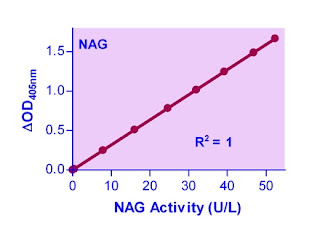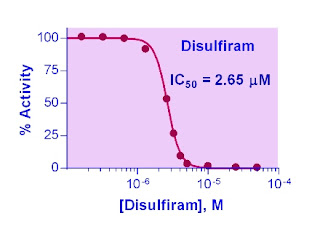Cytotoxicity Assay Kit- What You Need to Know
A
cytotoxicity assay kit is one that can be relied upon for colorimetric assay
tests. It is extremely useful as far as measuring lactate dehydrogenase (LDH)
quantitatively is concerned. It assesses the extent of release of lactate
dehydrogenase into the media with the source in this case being damaged cells. The
results of this text act as biomarkers for processes such as cytolysis and
cytotoxicity in cells.
Specifications of cytotoxicity
assay kit
A
cytotoxicity assay kit is normally compatible with mammalian cells. It should
ideally be used with microplate readers. It has a colorimetric detection
method, as has been said already. It can be used with both 96-well plates as
well as 384-well plates. One such kit can be used to study in the region of 200
reactions.
It
can be used in an add-mix-read assay format, especially in the context of
suspension and adherent cells. It measures lactate dehydrogenase release in a
quantitatively by forming colored products. It is a robust instrument, one that
uses stable lactate dehydrogenase enzyme activity in the role of a cytotoxic
marker. It is pretty flexible as well and can jolly well be used for screenings
with high throughput rates. One of its major advantages is that it is not
radioactive.
It
is generally regarded as a safer substitute for cytotoxicity assays that
release 51 Cr-release.
How does it work?
A
cytotoxicity assay kit is used to measure the extracellular lactate
dehydrogenase that has been released into culture media. For this purpose the
kit uses an enzymatic reaction that leads to the formation of a red formazan
product. This particular product can be measured in a spectrophotometric
manner.
What is lactate dehydrogenase?
Lactate
dehydrogenase or LDH is basically cytosolic enzyme, which indicates the level
of toxicity at a cellular level.
What does a kit include?
A
cytotoxicity assay kit is inclusive of substrate mix, stop solution, assay
buffer, lactate dehydrogenase positive control, and 10X lysis buffer.
What does it need to work?
In
order to work these kits require microplate readers that can read absorbance at
the rate of 680nm and 490nm. It should ideally be a 96-well plate with a clear
flat bottom. It is also ideal if the microplate is capable of working with
multichannel pipettes and spectrophotometers.
Areas of application
A
cytotoxicity assay kit can be used for measurement of in vitro cytotoxicity
that has been mediated by chemicals, siRNA, immune cells, and microRNA. It can
also detect cytotoxicity in 3D tissue engineering applications and
bioreactors.




Comments
Post a Comment